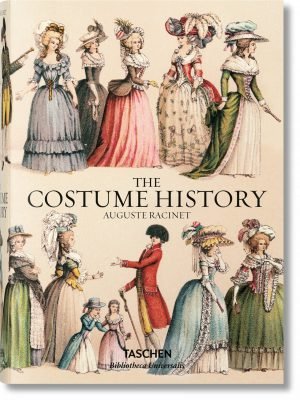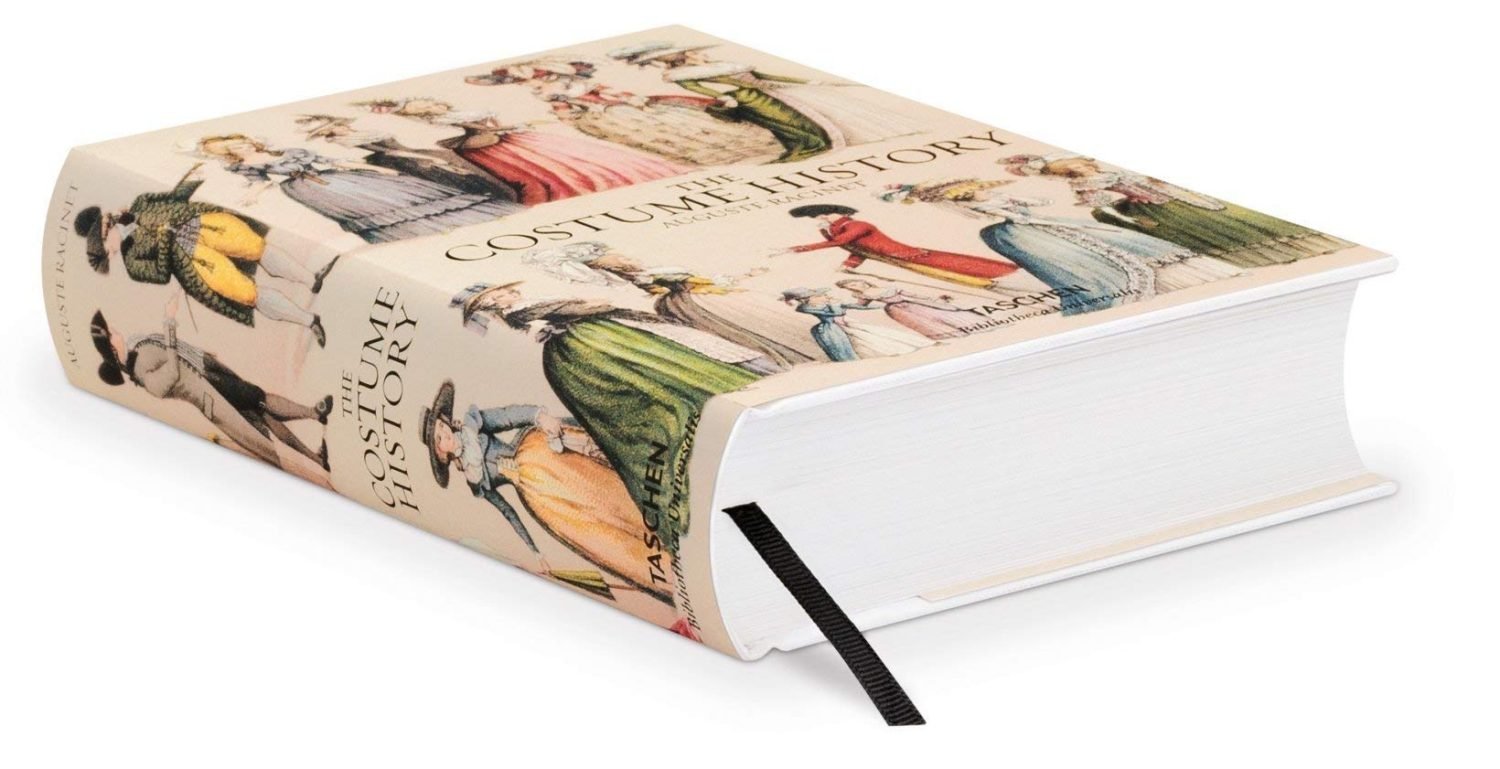The grammar of ornament by Owen Jones. The variety of ancient Egyptian ornaments and decorations.
Tag: Ancient crafts
Skull mask covered with blue and red mosaic. Mexico.
Aztec skull mask covered with blue and red mosaic from Mexico.
Ornamentation in Chinese porcelain painting.
Ornamental treasures. Chinese. Painting, by H. Dolmetsch.
Pompeian. Wall paintings and Polychrome basso relieves.
The wall paintings found at Pompeii, Herculaneum and Stabiae as well as at Rome
Jerusalem. S. Pelagias Tomb on the Mount of Olives.
Jerusalem. Plan and section of S. Pelagias Tomb on the Mount of Olives by Ermete Pierotti.
Egyptian Ornament. Plastic Art, Architecture and Painting.
The mode of decoration with the Egyptians comprises symbolic figure-subjects chiefly in conjunction with hieroglyphics.
Cloisonné Enamel. Specimens of Chinese and Japanese Art.
The various specimens of enamel by Auguste Racinet.
Minoan ornament in applied Art. Crete and Greece.
Decorative Motives from the Arts of early Crete and Greece. About 2000 B. C. Middle and Late Minoan.
Mayan Stone Idol. Front View, at Copán. Honduras
This image represents one of the most famous rulers of Copán, King Waxaklajun Ub’aah K’awiil, dressed as one of the maize gods.
Anglo-Saxon dress, ornaments and relics of gold and bronze.
The great love of the Saxons for display in dress and ornament led to a very, remarkable development of artistic skill in fashioning and decorating articles of jewelry, which were worn by men in greater profusion than by women.

Auguste Racinet. The Costume History by Françoise Tétart-Vittu.
Racinet's Costume History is an invaluable reference for students, designers, artists, illustrators, and historians; and a rich source of inspiration for anyone with an interest in clothing and style. Originally published in France between 1876 and 1888, Auguste Racinet’s Le Costume historique was in its day the most wide-ranging and incisive study of clothing ever attempted.
Covering the world history of costume, dress, and style from antiquity through to the end of the 19th century, the six volume work remains completely unique in its scope and detail. “Some books just scream out to be bought; this is one of them.” ― Vogue.com











